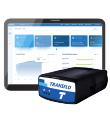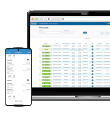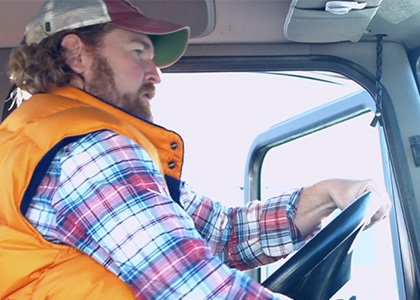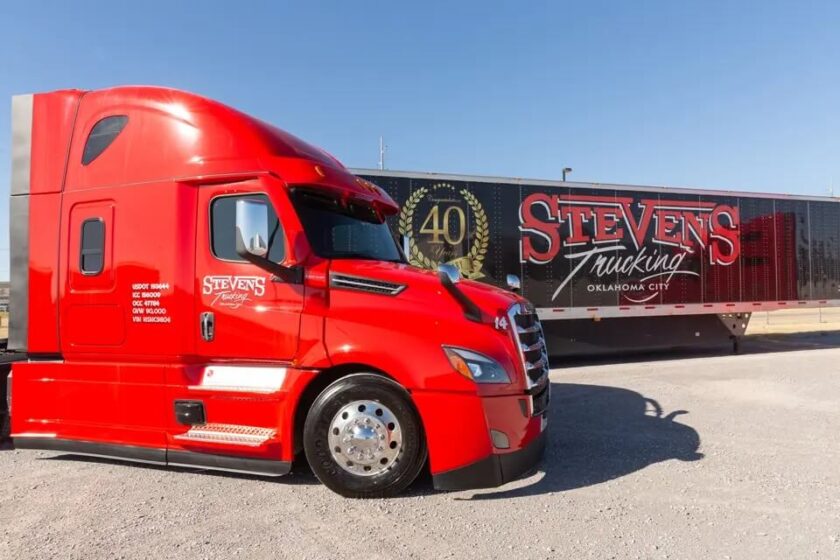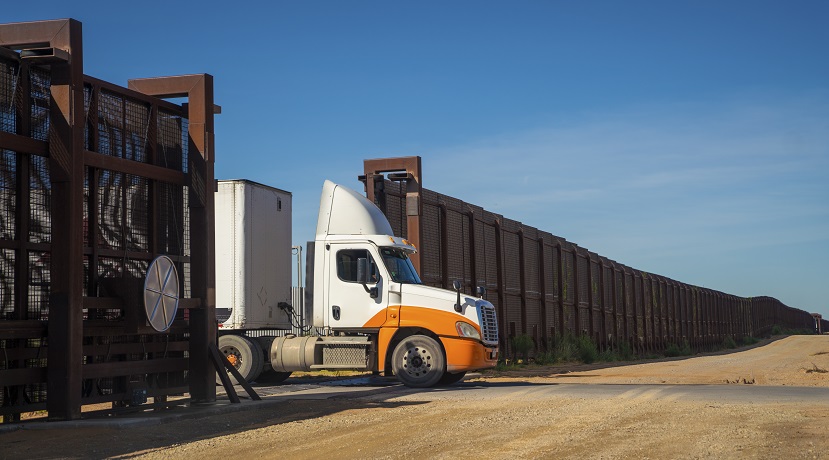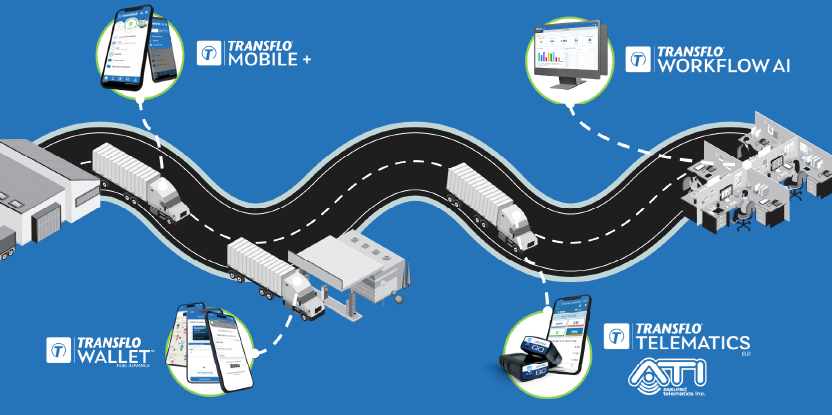
Innovate, Automate, and Transform with Transflo.
Transflo is the trusted industry leader in mobile scanning, telematics, and business process automation solutions for the transportation industry in North America.
Factoring
Lorem ipsum dolor sit amet, conse ctetur adipiscing elit, sed do eiusmod tempor



Carrier
Transflo offers the technology to manage loads, routes, documentation, and more from a mobile app and integrated trucking ecosystem.


Driver
Technology designed with the Professional Driver in mind. All of the tools to keep you safe and compliant from “Load to Last Mile.”


Factor
Automate repeatable, costly tasks for business growth, increased market visibility, cost savings, risk reduction, and improved service speed.


Shipper
Connect with drivers, monitor loads, and reap the benefits of efficient electronic document management all in one integrated platform and mobile solution.


Construction
Get insight into equipment location, operation status, and engine diagnostics for a more efficient and productive work site.
-
0 M+
Mobile Downloads
-
0 M+
Documents Scanned Annually
-
$ 0 B+
Annual Freight Spend
The Trusted Technology for Freight

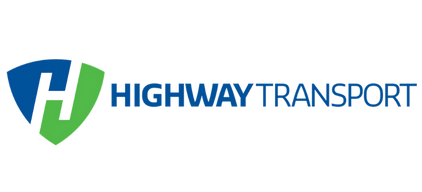
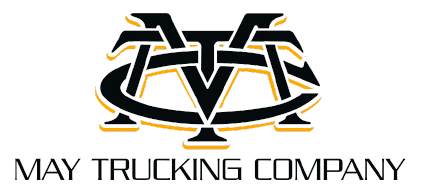





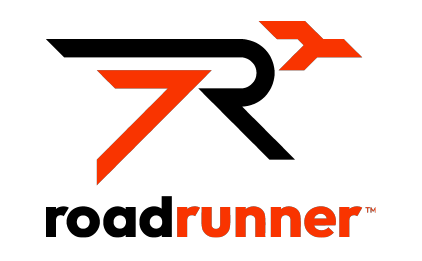


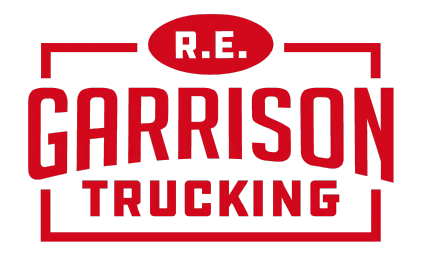
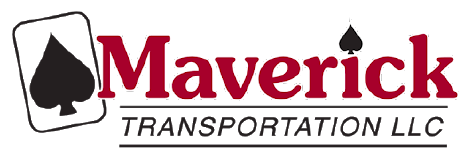




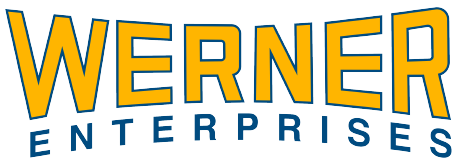


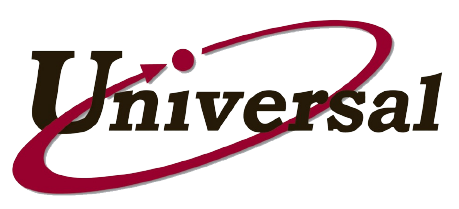
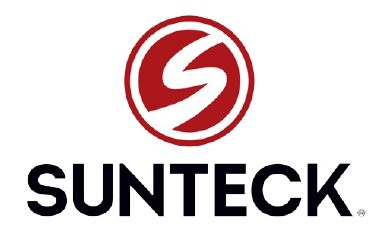
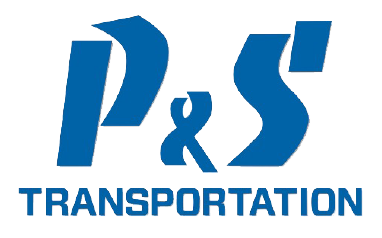



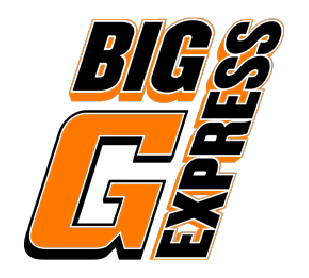

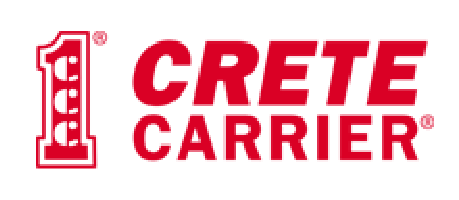

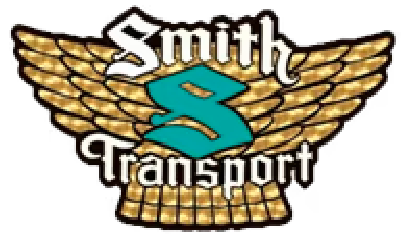
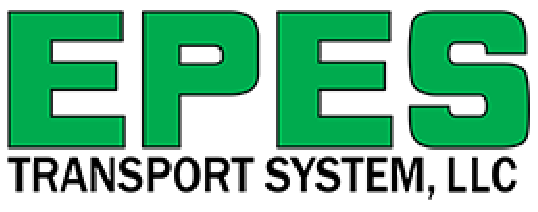
A Fully Integrated Suite of Products

Wallet
The industry’s first all digital fuel advance.
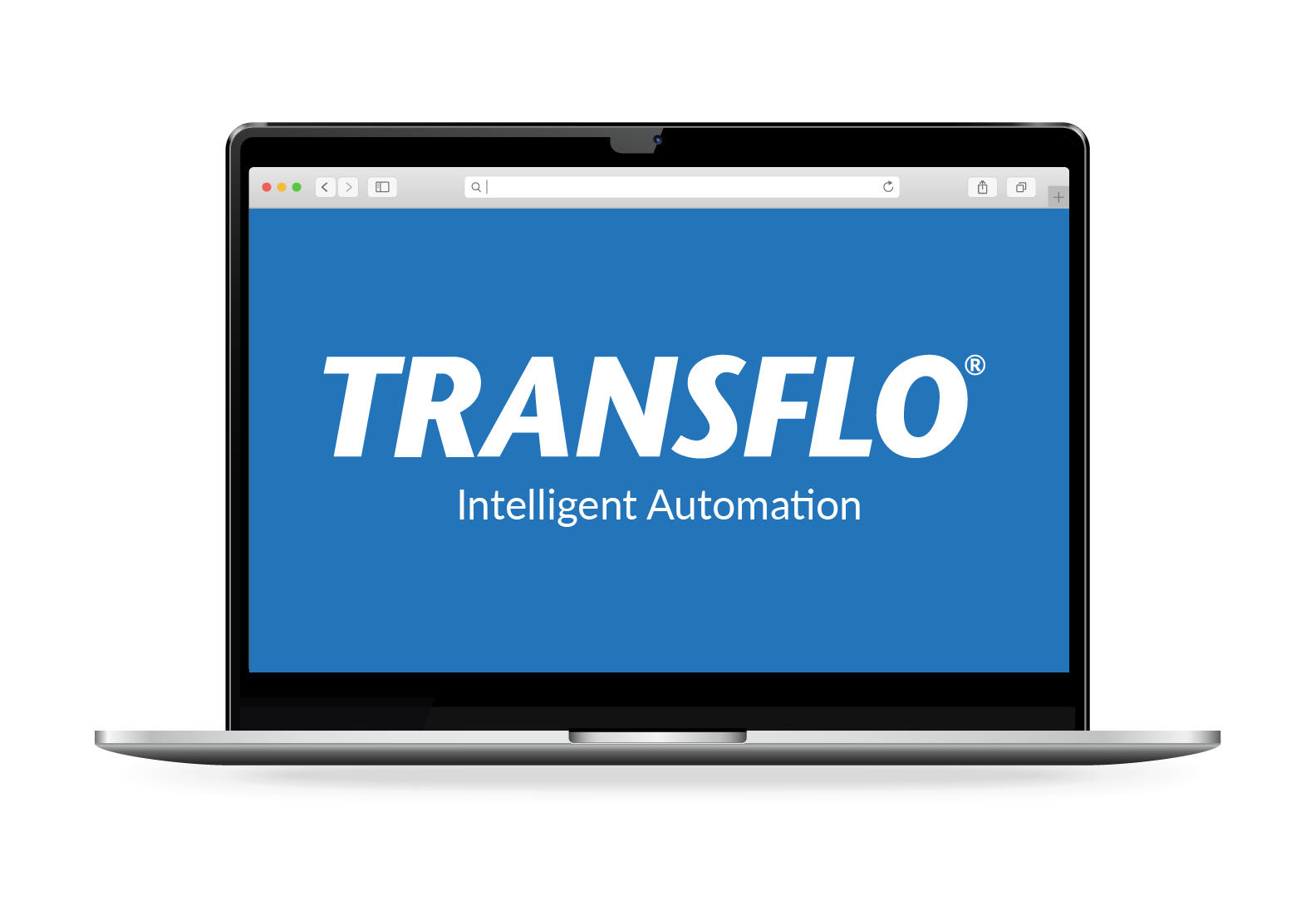
Workflow AI for Brokers
Back-office process and technology automation for brokers.
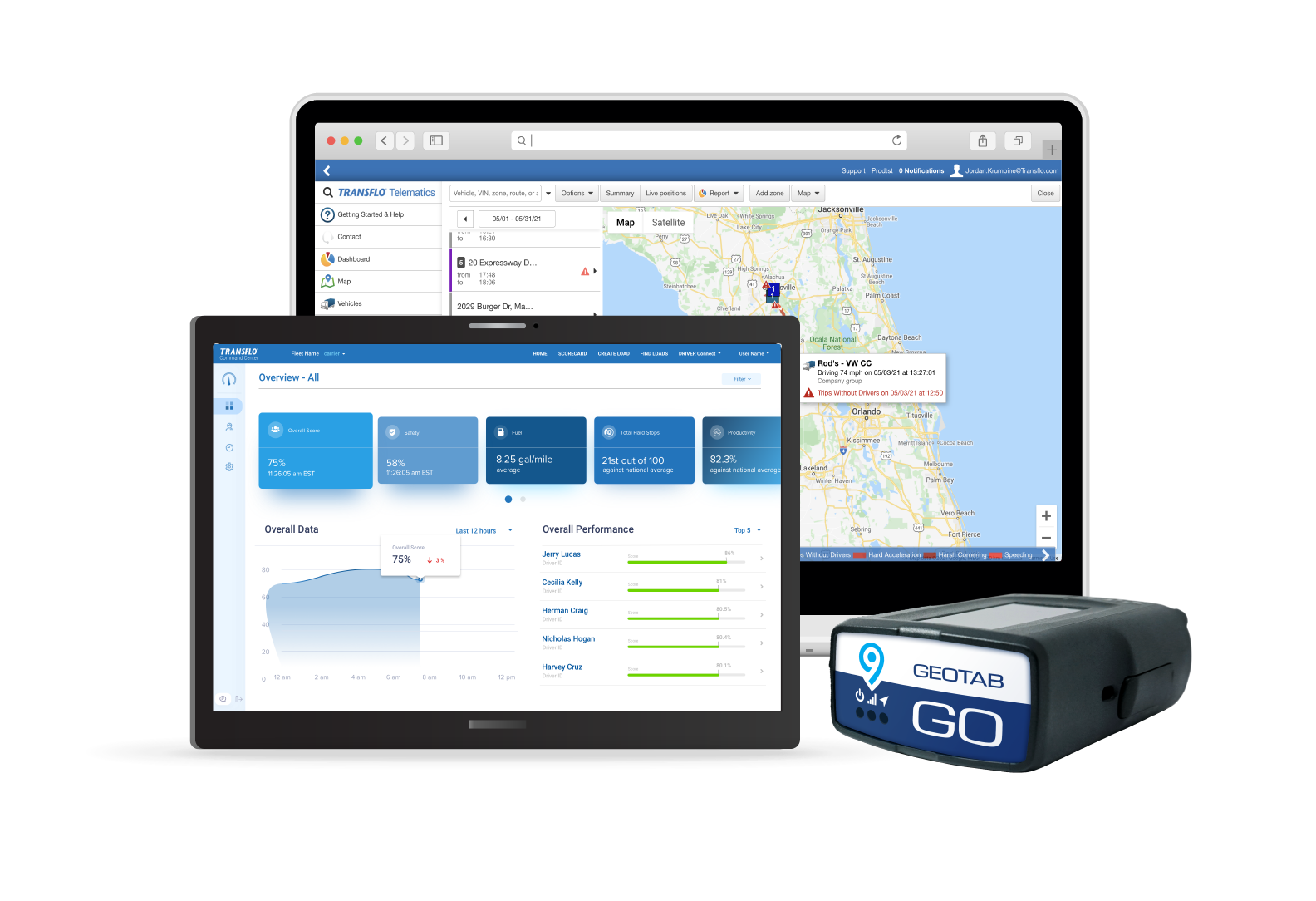
Telematics & ELD
Real-time compliance, routing, fuel, GPS, and vehicle diagnostics.
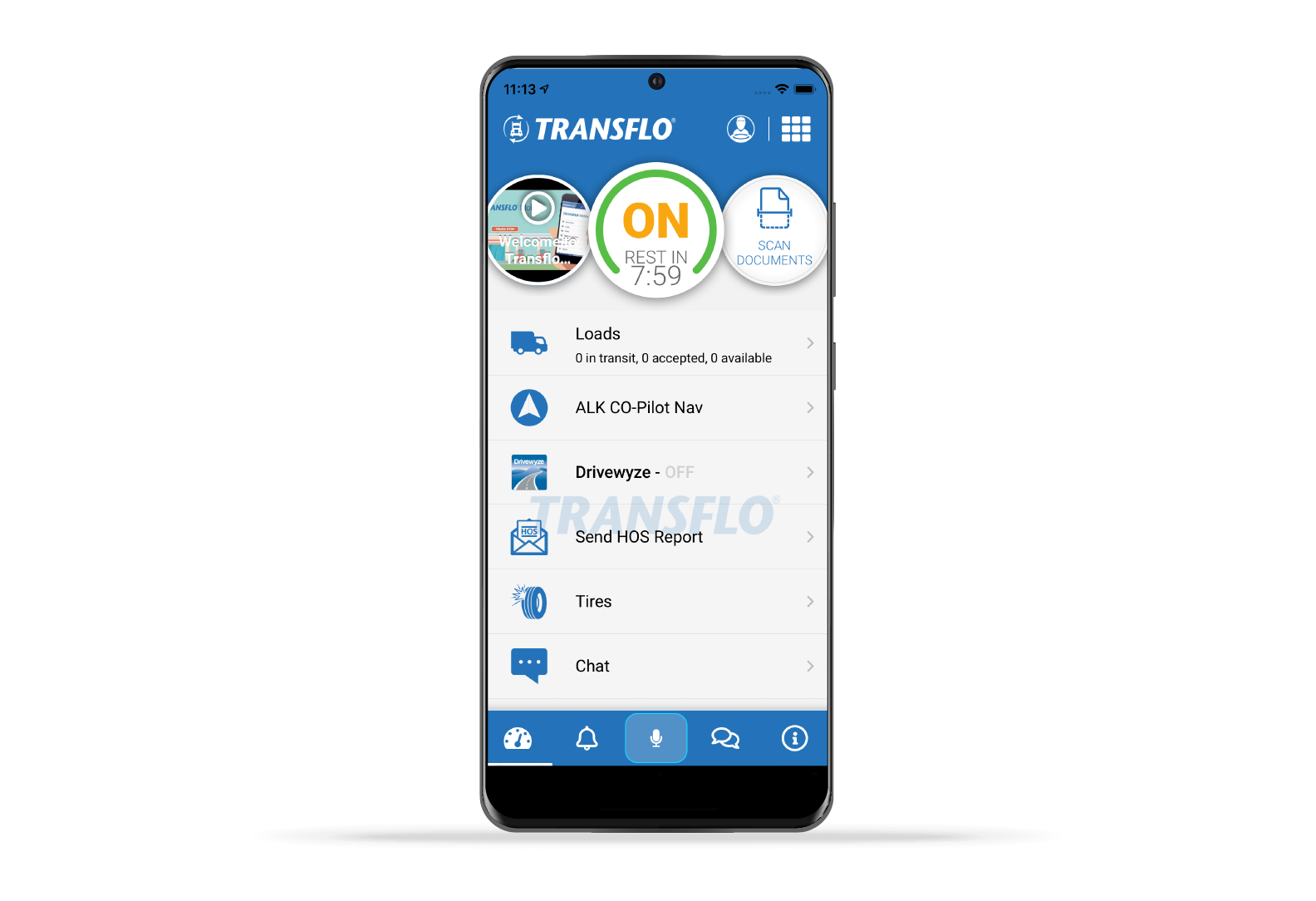
Mobile+
Driver workflow, messaging, documents, dispatch and ELD.
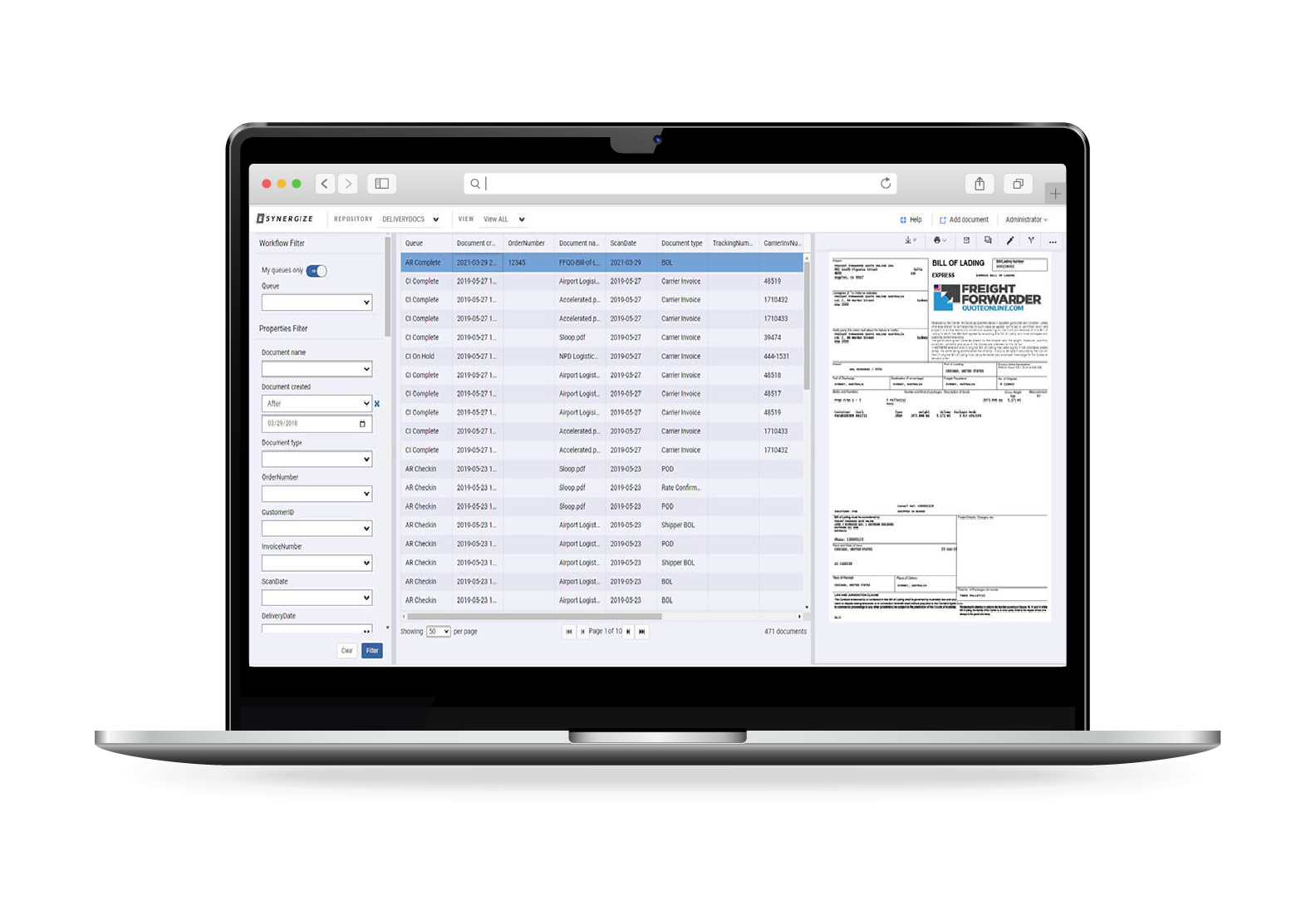
Synergize
Back-office automation and enterprise document management for carriers.
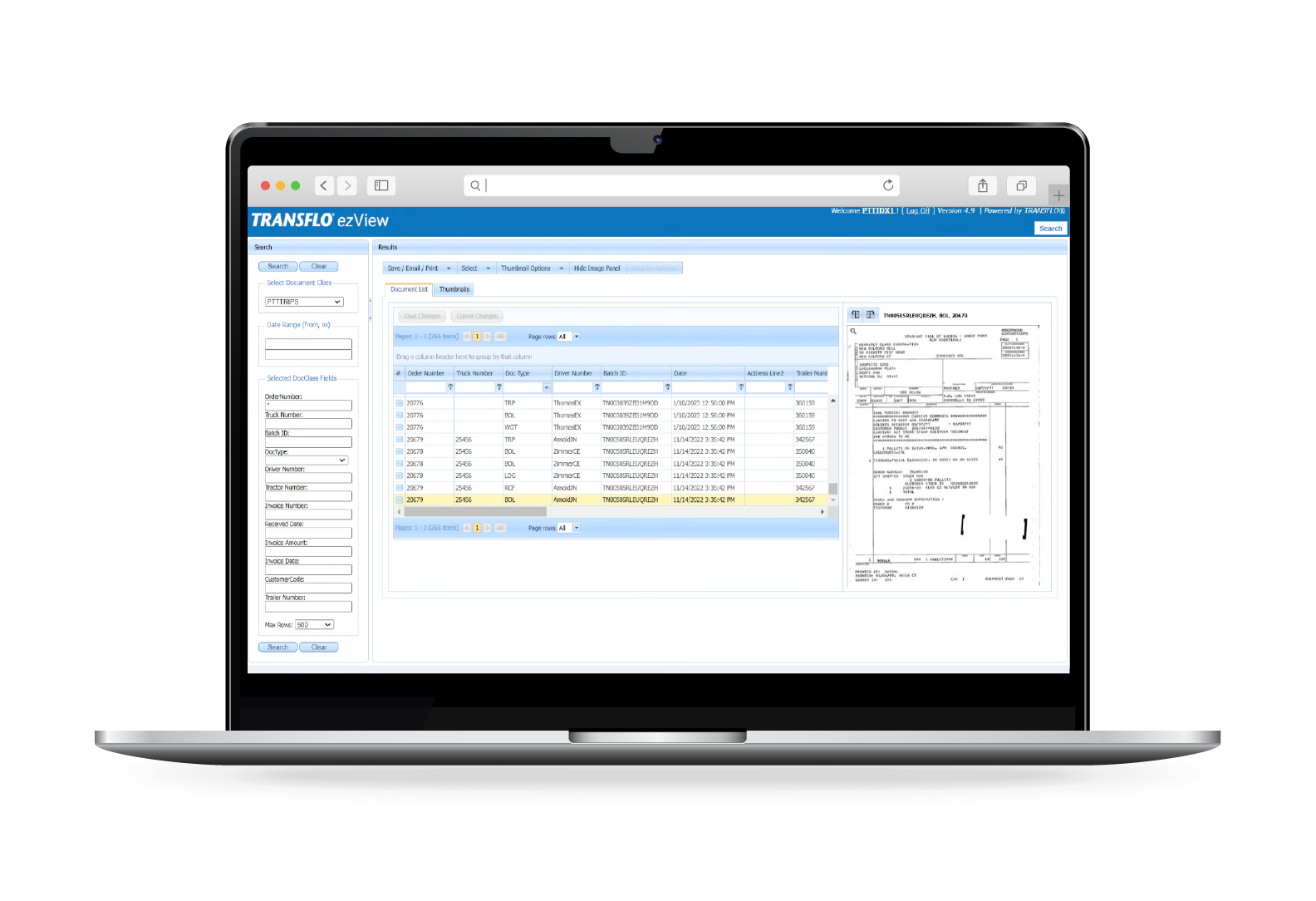
Transflo DMS
Document imaging, storage, and carrier delivery.
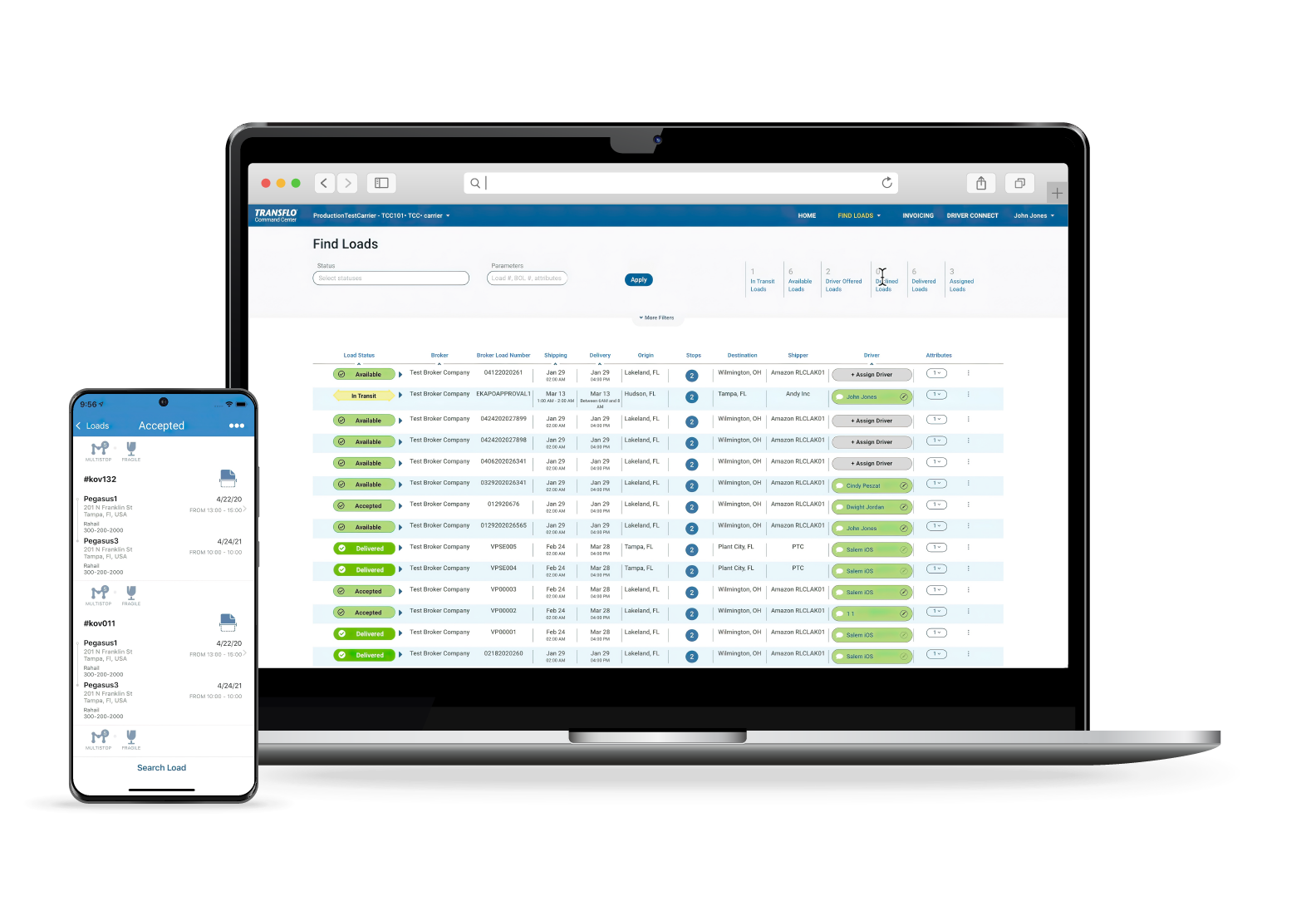
Velocity+
Load management and execution platform for brokers.

Workflow AI for Factors
Process and technology automation for Factoring companies.
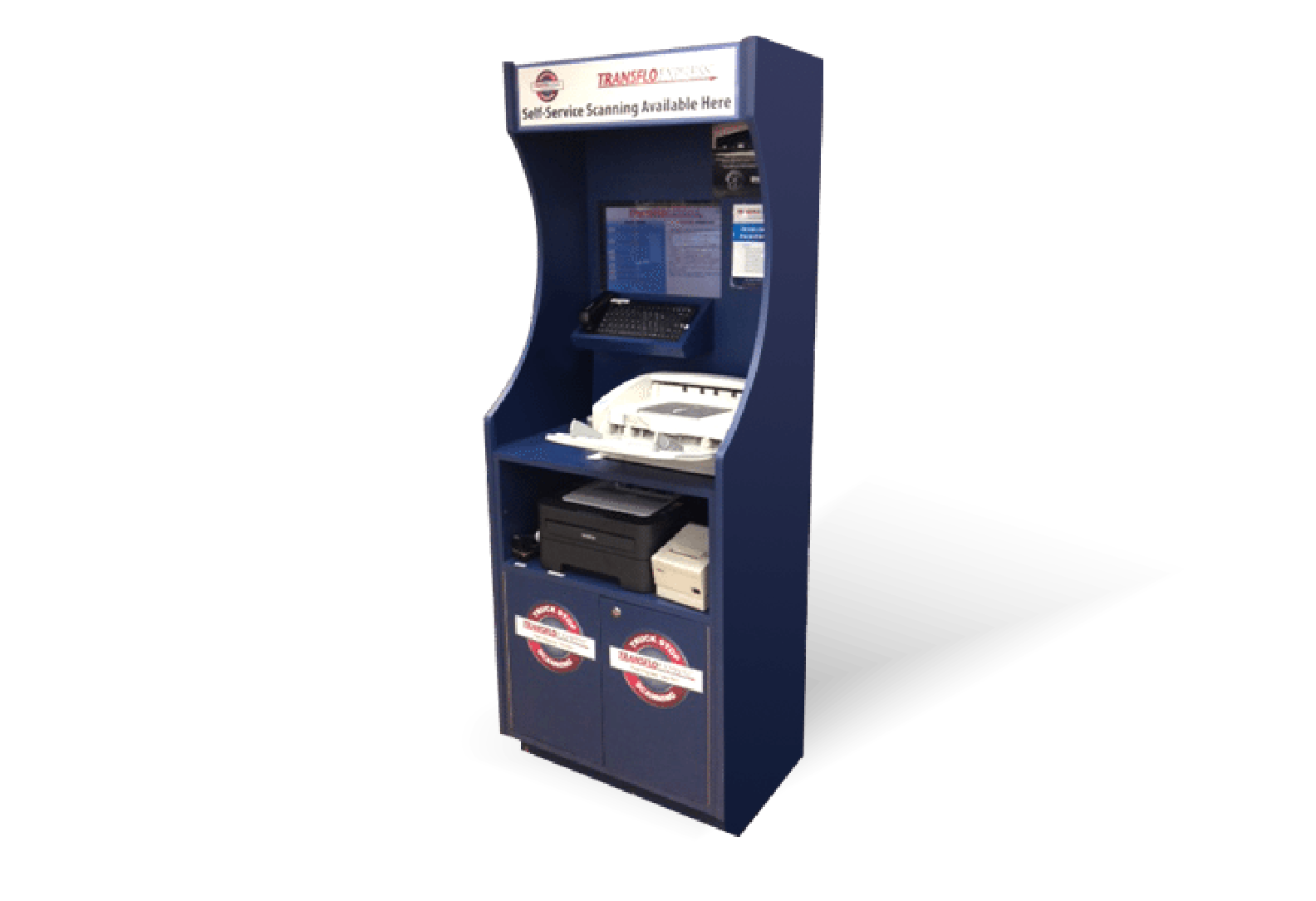
Truckstop Scanning
Easy to use document scanning kiosks.
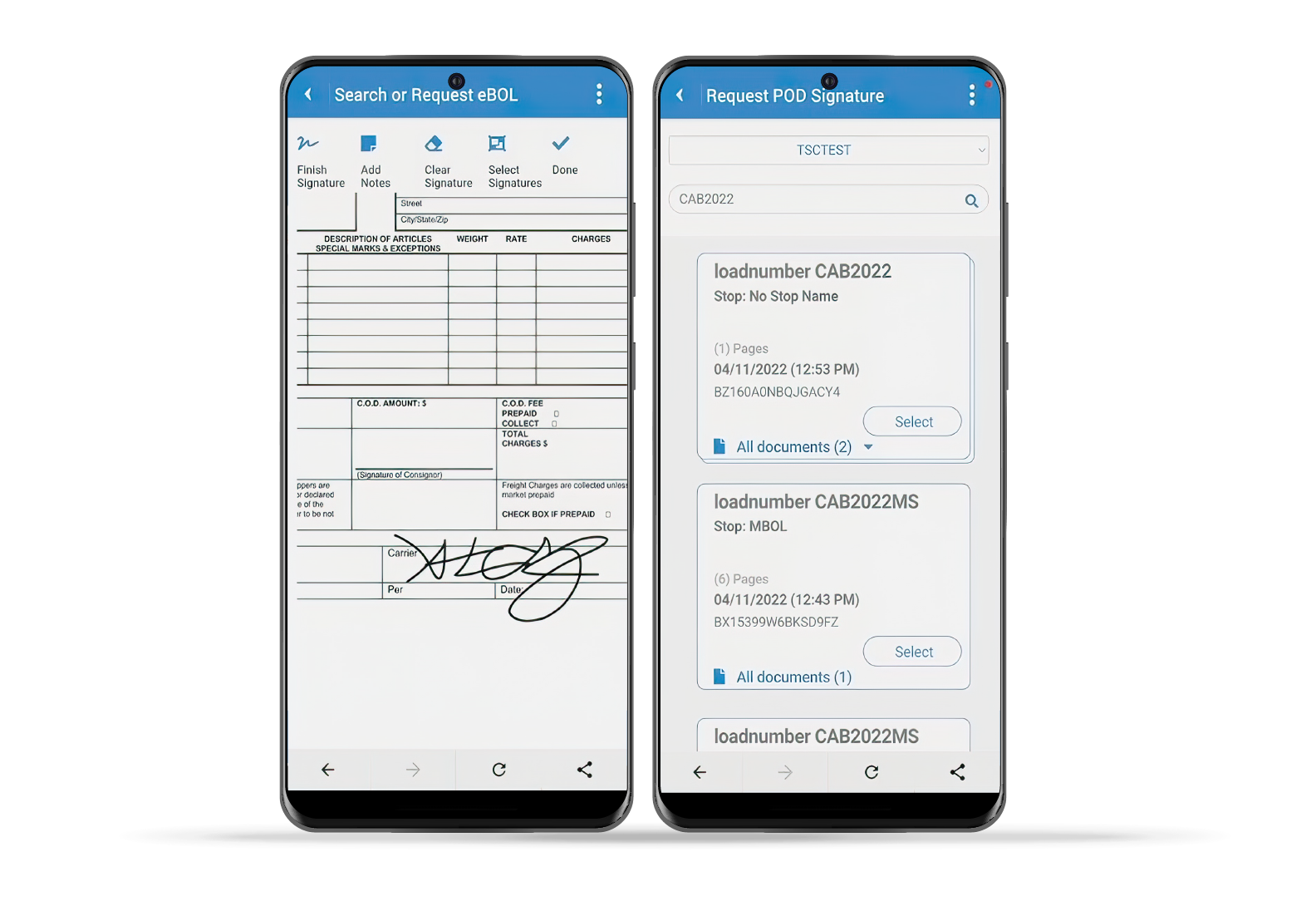
eBOL/ePOD
Capture and process signatures fast. Anytime, anywhere.
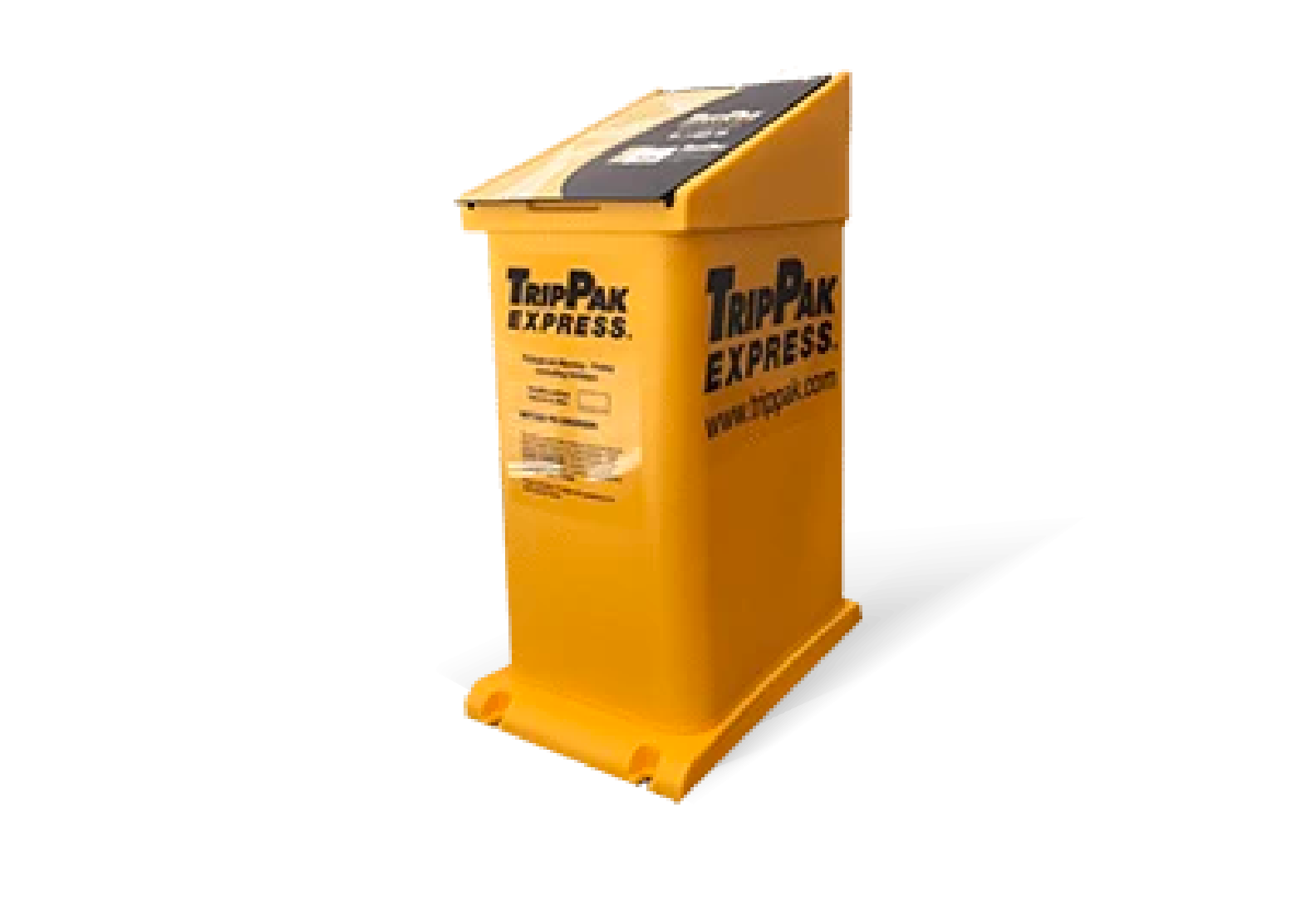
TripPak Dropbox Shipping
Bulk document shipping and processing.
OUR SOLUTIONS
How We Can Help Your Company
Testimonials
Trusted by the Top Freight Professionals
At Transflo, we take pride in our reputation as a trusted provider of innovative solutions for the freight industry. Our commitment to delivering the best products and services is reflected in the countless testimonials from top freight professionals who have experienced the benefits of improved efficiency, reduced costs, and minimal downtime thanks to our solutions.



“Better visibility and tracking integrity – we would not go back to manual processes.”
Matt Gray Director of Logistics
“All the drivers say they love it. Especially when they’re out on the road… they really appreciate the easy accessibility the app offers.”
Jenn Murray Payroll Team Lead
“Transflo’s mobile platform is exactly the forward-looking solution that we needed. Not only have we improved our back-office process, we are also an employer of choice. Drivers know Transflo and want to work with a fleet that uses Transflo.”
Brady Myers Director of IT
-
00000+
Fleets across the US & Canada use Transflo
-
00%
of the top 250 Carriers choose Transflo
-
0/10
Top Brokers choose Transflo
UPDATES FROM TRANSFLO
The Latest News & Resources


